Home>Articles>How To Decorate A Long Narrow Living Room And Dining Room Combo
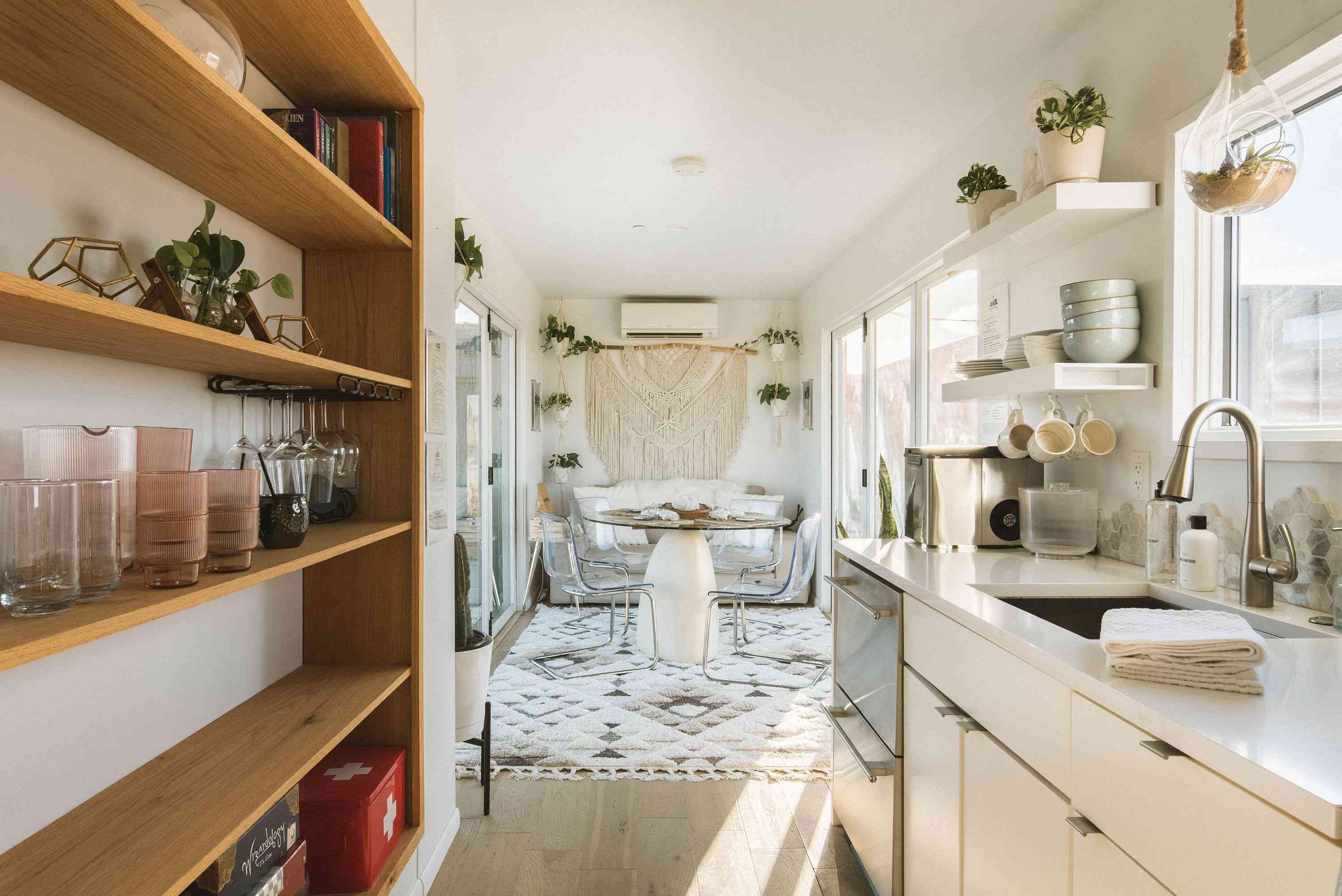

Articles
How To Decorate A Long Narrow Living Room And Dining Room Combo
Modified: May 6, 2024
Discover expert tips and tricks for decorating a long narrow living room and dining room combo in this informative articles. Update your space and create a stylish and functional layout today.
(Many of the links in this article redirect to a specific reviewed product. Your purchase of these products through affiliate links helps to generate commission for Storables.com, at no extra cost. Learn more)
Introduction
Welcome to the world of long narrow living rooms and dining room combinations! While this layout may initially seem challenging to decorate, with the right approach and a bit of creativity, you can transform these spaces into functional and stylish areas that will make your guests go “wow”.
Long narrow living rooms and dining room combinations are quite common in modern homes, especially in urban areas where space is limited. The key to successful decoration in these spaces is to create a cohesive and balanced design that maximizes the available area and enhances the functionality of both rooms.
In this article, we will guide you through the process of decorating a long narrow living room and dining room combo, providing you with tips and ideas to make the most of your space. From assessing the area to choosing the right furniture and creating distinct zones, we will cover everything you need to know to create a harmonious and visually appealing space.
So, let’s begin the journey of transforming your long narrow living room and dining room combo into a space that exudes style, practicality, and comfort!
Key Takeaways:
- Transform your long narrow living room and dining room combo into a functional and stylish space by carefully assessing the area, choosing the right color scheme, and strategically arranging furniture to create distinct zones.
- Maximize the functionality and visual appeal of your space by incorporating multi-functional furniture, using mirrors strategically, adding storage solutions, and showcasing artwork and decorations to infuse the room with personality and warmth.
Assessing the Space
Before diving into the decoration process, it’s essential to assess the space to understand its limitations and possibilities. Understanding the dimensions of your long narrow living room and dining room combo will help you make informed decisions when it comes to furniture placement, layout, and overall design.
Start by measuring the length and width of the room, noting any architectural features such as windows, doors, or alcoves. This information will be crucial when selecting furniture and determining the optimal placement for each piece.
Consider the traffic flow within the area. Identify the main entry points, as well as the pathways that lead to other rooms or sections of your home. This knowledge will help you create a functional layout that allows for easy movement and avoids any obstructions or bottlenecks.
Assess the lighting conditions in the space. Note the position of windows and how natural light enters the room at different times of the day. Take into account any artificial lighting fixtures that are already installed or that you plan to add. Proper lighting can greatly enhance the atmosphere and functionality of your living and dining areas.
Lastly, consider the overall style and aesthetic of your home. Take into account the existing color scheme, architectural details, and any other design elements that you want to incorporate or complement in the long narrow living room and dining room combo. This will help you create a cohesive and visually pleasing space that seamlessly connects with the rest of your home.
By thoroughly assessing the space, you will gain valuable insights that will inform your decorating choices and enable you to optimize the functionality and aesthetics of your long narrow living room and dining room combo.
Choosing a Color Scheme
When it comes to decorating a long narrow living room and dining room combo, selecting the right color scheme is crucial. A well-chosen color palette can visually widen the space, create a sense of harmony, and establish a cohesive look between the living and dining areas.
Start by considering the natural lighting conditions of the room. If your space receives plenty of natural light, you can opt for lighter shades such as pastels, neutrals, or whites, which will help create an airy and open atmosphere.
On the other hand, if your long narrow room lacks natural light or feels too bright, consider using deeper or warmer colors to add depth and create a cozy ambiance. Rich tones like deep blues, warm browns, or earthy greens can add a touch of sophistication and create a more intimate setting.
Another approach is to use a monochromatic color scheme, utilizing different shades and tones of a single color throughout the space. This technique can create a unified and seamless look, making the room feel more spacious and cohesive.
Consider using accent colors to add pops of visual interest and create focal points within the room. This can be achieved through accessories, cushions, artwork, or even a bold statement wall. Just be mindful not to overdo it, as too many vibrant colors can make the space feel overwhelming in a long and narrow room.
Remember to take into account the existing furniture and decor in your space. Consider how the chosen color scheme will complement or enhance these elements. If you have a specific theme or style in mind, such as coastal or Scandinavian, research color palettes that align with that aesthetic.
Ultimately, the goal is to create a color scheme that is visually appealing, suits your personal taste, and helps create a harmonious and balanced atmosphere in your long narrow living room and dining room combo.
Furniture Placement
Proper furniture placement is essential in maximizing the functionality and visual appeal of a long narrow living room and dining room combo. The right arrangement can create distinct zones, facilitate conversation, and optimize the use of space.
Start by considering the focal point of the room. This could be a fireplace, a large window with a view, or a media center. Orient your furniture around this focal point to create a sense of balance and draw attention to the central feature of the space.
When arranging your seating area, consider the traffic flow and the pathways within the room. Avoid blocking any pathways and ensure there is enough space for people to move comfortably around the furniture. If necessary, use area rugs or furniture placement to delineate different zones and create a clear visual separation between the living and dining areas.
In a long narrow room, it’s best to keep furniture closer to the walls to maximize the floor space in the center. This creates an open pathway in the middle and helps maintain a feeling of spaciousness. Use furniture with clean lines and minimalistic designs to avoid cluttering the space.
If your dining area is within the same room, position the dining table against a wall to create space for comfortable seating. Consider using a round or oval table, as these shapes work well in narrow spaces and minimize sharp edges that can be obtrusive.
You can also utilize furniture that serves dual purposes to optimize space utilization. For example, choose a coffee table with hidden storage compartments or a dining table that can be extended or folded when not in use. This allows for flexibility and makes it easier to adapt to different seating and dining requirements.
Don’t forget to take into account the scale and proportion of your furniture. In a long narrow room, avoid oversized furniture that can overpower the space. Instead, opt for appropriately sized pieces that fit the room’s dimensions and allow for comfortable movement around them.
By carefully planning and considering the placement of your furniture, you can create a functional and visually pleasing arrangement that makes the most of your long narrow living room and dining room combo.
Creating Zones
In a long narrow living room and dining room combo, it’s important to establish distinct zones to differentiate between the two areas and create a sense of purpose for each space. This allows for better organization and functionality within the room.
One way to create zones is through furniture placement and arrangement. Position your seating area, such as sofas and lounge chairs, in one section of the room, facing each other or centered around a focal point. This defines the living area and provides a cozy space for relaxation and conversation.
In the dining area, place the dining table and chairs in a separate section of the room. This creates a designated space for meals and gatherings. Positioning the dining area near a wall can further establish its own zone.
If the space allows, you can also consider adding a visual divider between the living and dining areas. This can be a decorative folding screen, a bookshelf, or a tall potted plant. These dividers not only define the zones but also add a touch of style and privacy to the space.
Utilize rugs to visually anchor each zone and define their boundaries. Place a rug under the seating area to create a cozy and intimate atmosphere. In the dining area, choose a rug that accommodates the dining table and chairs, ensuring it’s large enough to allow for comfortable movement when seated.
Lighting is also an effective way to create zones. Use different lighting fixtures to delineate each area and set the mood. Install pendant lights or chandeliers above the dining table to highlight and accentuate the eating area. In the living area, opt for floor lamps or table lamps to provide soft and warm lighting for relaxation.
Consider using furniture with built-in storage or room dividers that serve a dual purpose. For example, a media console can separate the living and dining areas while providing storage for electronics and other items. A storage bench can serve as both seating and a place to store extra pillows or blankets.
By creating distinct zones in your long narrow living room and dining room combo, you enhance the functionality of the space and give each area a clear purpose. This improves organization, flow, and overall aesthetic appeal.
Lighting
Lighting plays a crucial role in setting the mood and ambiance of a long narrow living room and dining room combo. Properly planned and executed lighting can enhance the functionality and visual appeal of the space, making it feel inviting and comfortable.
Start by taking advantage of natural light sources. Consider the positioning of windows and maximize the amount of natural light that enters the room. Keep window treatments minimal to allow light to flow freely into the space. If privacy is a concern, opt for sheer or translucent curtains or blinds.
In addition to natural light, incorporate a layered approach to lighting by using a combination of ambient, task, and accent lighting. This allows for flexibility and allows you to create different lighting scenarios for various activities.
Ambient lighting provides overall illumination and sets the base level of light in the room. This can be achieved through the use of ceiling-mounted fixtures, such as chandeliers or recessed lights. Distribute the ambient lighting evenly throughout the space to avoid any dark corners.
Task lighting is important for specific activities, such as reading or dining. In the living area, consider using table lamps or floor lamps next to seating areas for focused illumination. In the dining area, pendant lights or a chandelier above the dining table provide directed light for mealtime conversations.
Accent lighting adds depth and visual interest to the room. Use wall sconces to highlight artwork or architectural features. Place LED strip lights under shelves or cabinets to create a subtle glow and add a touch of elegance to the space.
Consider incorporating dimmer switches to control the intensity of the lighting. This allows you to adjust the brightness based on the desired mood or activity. Dimmers also provide the flexibility to transition from bright and lively lighting during gatherings to a softer and more relaxing ambiance for evenings.
Don’t overlook the importance of lighting fixtures as decorative elements. Choose fixtures that complement the style and theme of the room. Whether you prefer sleek modern designs or ornate and traditional fixtures, find options that add to the visual aesthetic of the space.
Ultimately, a well-lit long narrow living room and dining room combo will maximize comfort, functionality, and visual appeal, creating an inviting atmosphere for both relaxation and entertainment.
Use area rugs to define separate living and dining areas within the space. This will help visually break up the long narrow room and create a sense of distinct zones.
Window Treatments
Window treatments are an integral part of decorating a long narrow living room and dining room combo. They not only add a layer of style and privacy but also contribute to the overall functionality and ambiance of the space. When selecting window treatments, consider the following factors.
First, determine your desired level of privacy. Depending on the location of your room and its exposure to neighboring properties, you may need window coverings that offer varying degrees of privacy. Sheer curtains or blinds can provide a soft filter of natural light while maintaining a level of seclusion. Alternatively, if privacy is not a concern, leaving windows uncovered can allow for maximum natural light and an open, airy feel.
Next, consider the amount of natural light you want to allow into the room. Heavy curtains or drapes can block out sunlight, creating a cozy, dimmed atmosphere ideal for movie nights or when you want to get some rest. On the other hand, lightweight and sheer fabrics allow sunlight to filter through, brightening the space and creating a more vibrant environment.
The style and aesthetic of your room should also guide your choice of window treatments. If you prefer a more minimalist and modern look, opt for sleek blinds or simple Roman shades. For a classic and elegant appearance, floor-length curtains with decorative hardware can add a touch of sophistication. Consider the color and pattern of the treatments to harmonize with the overall color scheme and decor of the room.
It’s important to take into account the size and scale of your windows. In a narrow room, choosing curtains or drapes that reach from ceiling to floor can create the illusion of height and make the space appear larger. Mounting curtain rods or tracks wider than the windows can also give the impression of a wider area, allowing for maximum natural light to enter the room.
Don’t forget practicality – consider the functionality and ease of use of the window treatments. Opt for options with adjustable mechanisms, such as blinds or shades, that allow for precise control of light and privacy. If your windows are large or difficult to access, motorized blinds or remote-controlled curtains can be a convenient choice.
Remember, window treatments can be a focal point in your room, so choose fabrics and patterns that add visual interest and complement the overall style. Be sure to also take proper care of your window treatments by regularly cleaning or steaming them to maintain their appearance and extend their lifespan.
By carefully selecting and installing the right window treatments, you can enhance the beauty, privacy, and functionality of your long narrow living room and dining room combo.
Multi-functional Furniture
In a long narrow living room and dining room combo, optimizing space and functionality is key. One effective way to achieve this is by incorporating multi-functional furniture pieces that serve multiple purposes. Not only do these pieces save space, but they also add versatility to your room’s design. Here are some examples of multi-functional furniture for your consideration.
1. Sofa Beds: A sofa bed is a great addition to your living area as it can provide seating during the day and transform into a comfortable bed for overnight guests. Look for sofa beds with sleek designs and easy mechanisms to seamlessly transition between functions.
2. Convertible Coffee Tables: Coffee tables with adjustable heights or flip-up tops can be versatile additions to your living room. They can be used for serving snacks and beverages during gatherings and then elevated to create a workspace or dining surface when needed.
3. Storage Ottomans: Ottomans with hidden storage compartments are ideal for small spaces. They can serve as extra seating, footrests, and provide storage for blankets, pillows, or other items. Look for ottomans with removable tops or drawers for easy access to your belongings.
4. Drop-Leaf or Extension Dining Tables: These tables are perfect for dining areas in long narrow spaces. They can be compact in size for everyday use and then easily extended to accommodate larger gatherings. Consider tables with leaf mechanisms or removable sections to adjust the size based on your needs.
5. Modular Shelving Units: Modular shelving systems offer flexibility and customization options. They can be used to divide the room, store books and accessories, display decorative items, and even act as room dividers. Look for units with adjustable shelves and various configurations to suit your specific requirements.
6. Foldable Chairs: If you have limited seating space in your dining area, consider using foldable chairs that can be easily stored away when not in use. They can be quickly set up for guests or moved to the living area for additional seating options.
7. Console Tables: Console tables with built-in storage or drawers can provide a surface for display or as a workspace. They can also act as a divider between the living and dining areas, offering a functional and decorative element in the room.
When selecting multi-functional furniture, pay attention to the quality, durability, and aesthetics of the pieces. Consider your specific needs and how these versatile items can enhance your daily living and entertaining experiences in the space.
By incorporating multi-functional furniture, you can maximize the functionality and adaptability of your long narrow living room and dining room combo, making the most out of the available space.
Using Mirrors
When it comes to decorating a long narrow living room and dining room combo, using mirrors strategically can be a game-changer. Mirrors not only serve a practical purpose but also act as a powerful tool to visually expand and brighten up the space. Here are some key ways to incorporate mirrors in your design:
1. Create the Illusion of Space: Mirrors have the ability to make a room feel larger than it actually is. By placing mirrors on the walls, especially along the longer sides of the room, you can create the illusion of width and depth. This helps to visually open up the space and counteract the narrowness of the room.
2. Reflect Natural Light: Mirrors are excellent at bouncing natural light around the room, amplifying its effects. Consider positioning mirrors across from windows or other sources of natural light to maximize the brightness in the space. This not only makes the room feel more open and inviting but also enhances the overall atmosphere.
3. Opt for Oversized Mirrors: To make a bold statement and maximize the impact of mirrors, choose oversized mirrors. These larger reflective surfaces not only increase the amount of light they can reflect but also create a sense of grandeur and drama in the room. Place them strategically on walls or as a leaning statement piece.
4. Use Mirrored Furniture: Incorporating mirrored furniture pieces, such as a console table or a sideboard, adds a touch of elegance and glamour to your living and dining areas. Mirrored surfaces not only reflect light but also create a sense of depth and intrigue. Be mindful of placement to prevent overwhelming the space with too much mirror.
5. Mirror Tile Accents: Another option is to use mirror tiles as accents on walls or in mosaic patterns. This adds visual interest and enhances the reflective qualities of the mirrors. Consider incorporating mirror tiles in a backsplash or as an accent wall to create a focal point that draws attention and adds dimension to the room.
6. Layer Mirrors with Artwork: Combining mirrors with artwork can create a dynamic and visually engaging display. Hang a mirror alongside artwork to reflect it and create an illusion of depth. This combination can add artistic flair and personality to your living and dining areas.
Remember to strategically place mirrors to emphasize the best features of your room. Consider the angles and directions in which they reflect light and the views they offer. Additionally, ensure that the mirrors are properly secured and anchored to the wall for safety.
By incorporating mirrors in your long narrow living room and dining room combo, you can transform the space, making it feel bigger, brighter, and more visually appealing.
Adding Storage Solutions
In a long narrow living room and dining room combo, maximizing storage space is key to keeping the area organized and clutter-free. Incorporating smart storage solutions not only helps you stay organized but also enhances the functionality and overall aesthetic of the space. Here are some ideas to consider:
1. Built-In Shelves: Utilize the vertical wall space by installing built-in shelves. These shelves can be customized to fit your specific needs and can be used to display books, decorative items, and personal mementos. By utilizing the walls, you free up valuable floor space and add a functional design element to the room.
2. Floating Shelves: If installing built-in shelves is not an option, floating shelves are a great alternative. These stylish shelves can be easily mounted on the walls and provide a sleek and minimalistic storage solution. Use them to display artwork, store books, or showcase your favorite decor items.
3. Storage Ottomans: Incorporate storage ottomans or poufs that double as seating. These versatile pieces of furniture offer hidden storage compartments where you can keep extra pillows, blankets, or other items. They not only provide extra seating but also help keep the room organized and free from clutter.
4. Wall-Mounted Cabinets: Install wall-mounted cabinets above the dining area or along the walls to provide additional storage. These cabinets can be used to store dining essentials like dishes, glassware, and serving ware. Opt for cabinets with glass doors to showcase your decorative pieces while keeping them protected.
5. Sideboards or Buffets: Incorporate a sideboard or buffet in your dining area to serve as both a storage unit and a serving surface. These pieces provide ample space for storing dining linens, tableware, and other entertaining essentials. Choose a design that complements the overall aesthetic of the room while providing functional storage solutions.
6. Hidden Storage: Look for furniture pieces that have hidden storage compartments. Coffee tables, TV stands, and media consoles with built-in storage can help keep movies, video games, and other items neatly tucked away. This allows you to maintain a clean and organized living area while maximizing the use of space.
7. Baskets and Bins: Incorporate decorative baskets and bins in your living and dining areas to contain and organize smaller items. Use them on shelves, in cabinets, or even under furniture to hide away items that may clutter the space. Choose baskets and bins that align with the overall style of the room for a cohesive look.
When selecting storage solutions, consider both functionality and aesthetics. Opt for pieces that provide ample storage while enhancing the overall design. Additionally, keep in mind the scale and proportion of the furniture to ensure it fits seamlessly into the room.
By incorporating clever storage solutions in your long narrow living room and dining room combo, you can keep the space organized, minimize clutter, and create a visually appealing environment.
Artwork and Decorations
Artwork and decorations play a vital role in adding personality, visual interest, and a finishing touch to your long narrow living room and dining room combo. They enhance the overall aesthetic appeal and create a welcoming atmosphere. Here are some tips for incorporating artwork and decorations in your space:
1. Selecting Artwork: Choose artwork that speaks to your personal style and preferences. Consider pieces that have colors, themes, or subject matters that complement the overall color scheme and design of the room. Look for pieces that evoke the desired mood or ambiance, whether it’s calming, vibrant, or sophisticated.
2. Create a Gallery Wall: A gallery wall is a fantastic way to display multiple artworks in a cohesive and visually appealing manner. Arrange a collection of framed prints, photographs, or paintings on a feature wall to create a focal point. Mix different sizes, orientations, and styles to add variety and intrigue.
3. Accentuate Architectural Features: Draw attention to unique architectural features of your room by using artwork or decorations. Hang a statement art piece above a fireplace or place a sculpture on a prominent ledge or alcove. This not only enhances the visual appeal but also adds depth and character to the space.
4. Use Mirrors and Artwork Together: Combine mirrors and artwork to create an impactful display. Hang artwork alongside a mirror to reflect and extend the visual interest. This combination enhances the sense of depth and adds a touch of elegance to your walls.
5. Texture and Wall Decor: Don’t limit yourself to traditional framed artwork. Consider incorporating other textured wall decor, such as woven tapestries, macrame hangings, or decorative shelves. These elements add dimension and visual interest to the room while showcasing your personal style.
6. Decorative Accents: Infuse the room with decorative accents that tie the space together. Select decorative pieces, such as vases, candles, plants, or sculptures, that complement the overall design aesthetic. Place them strategically throughout the room, on shelves, coffee tables, or sideboards, to create focal points and add a finishing touch.
7. Pay Attention to Scale: Consider the scale and proportion of the artwork and decorations in relation to the room. Oversized artwork can make a bold statement in a long narrow space, while smaller pieces can be grouped together for a cohesive look. Be mindful not to overcrowd the walls or surfaces, allowing enough breathing space for each piece to shine.
When arranging artwork and decorations, experiment with different layouts and compositions. Play with heights, groupings, and combinations to find the perfect arrangement that reflects your style and complements the room’s design. Allow your creativity to shine through in the way you curate and display these elements.
By thoughtfully incorporating artwork and decorations in your long narrow living room and dining room combo, you can infuse the space with personality, warmth, and visual allure.
Conclusion
Decorating a long narrow living room and dining room combo may initially seem like a daunting task, but with a thoughtful approach and strategic design choices, you can transform this space into a functional, stylish, and inviting area. By carefully assessing the space, choosing the right color scheme, arranging furniture strategically, creating distinct zones, optimizing lighting, selecting appropriate window treatments, incorporating multi-functional furniture, using mirrors effectively, adding storage solutions, and showcasing artwork and decorations, you can make the most out of the available space and create a harmonious living and dining area.
Consider the dimensions of the room, the natural lighting conditions, and your personal style when making design decisions. Choose a color scheme that complements the space and enhances the mood you wish to create. Be mindful of furniture placement, creating a flow and balance while maximizing the available floor area. Establish distinct zones to delineate the living and dining areas, utilizing rugs, lighting, and furniture arrangement. Take advantage of mirrors to visually expand the space and reflect light. Incorporate storage solutions to keep the room organized and clutter-free. Install appropriate window treatments to provide privacy, control natural light, and enhance the overall aesthetic. Add multi-functional furniture to maximize functionality in a limited space. Showcase artwork, decorative accents, and personal touches to infuse the room with character and style.
Remember, with any design project, it’s important to strike a balance between functionality and aesthetics, ensuring that the space reflects your personal taste and needs. Use your creativity to curate a living and dining area that is both visually appealing and practical. The key is to create a harmonious and inviting space where you can comfortably entertain guests, relax, and enjoy quality time with your loved ones.
Armed with the knowledge and tips provided in this article, you are well-prepared to undertake the challenge of decorating a long narrow living room and dining room combo. Embrace your creativity, experiment with different ideas, and have fun as you transform this space into a remarkable and functional area that you can be proud of.
Ready to master the art of arranging your living space? Dive into our next guide on arranging living room furniture with ten essential rules that ensure your space is both practical and inviting. Whether you're dealing with a quirky layout or a standard setup, these principles will help simplify your decorating decisions and boost your room's functionality and style.
Frequently Asked Questions about How To Decorate A Long Narrow Living Room And Dining Room Combo
Was this page helpful?
At Storables.com, we guarantee accurate and reliable information. Our content, validated by Expert Board Contributors, is crafted following stringent Editorial Policies. We're committed to providing you with well-researched, expert-backed insights for all your informational needs.

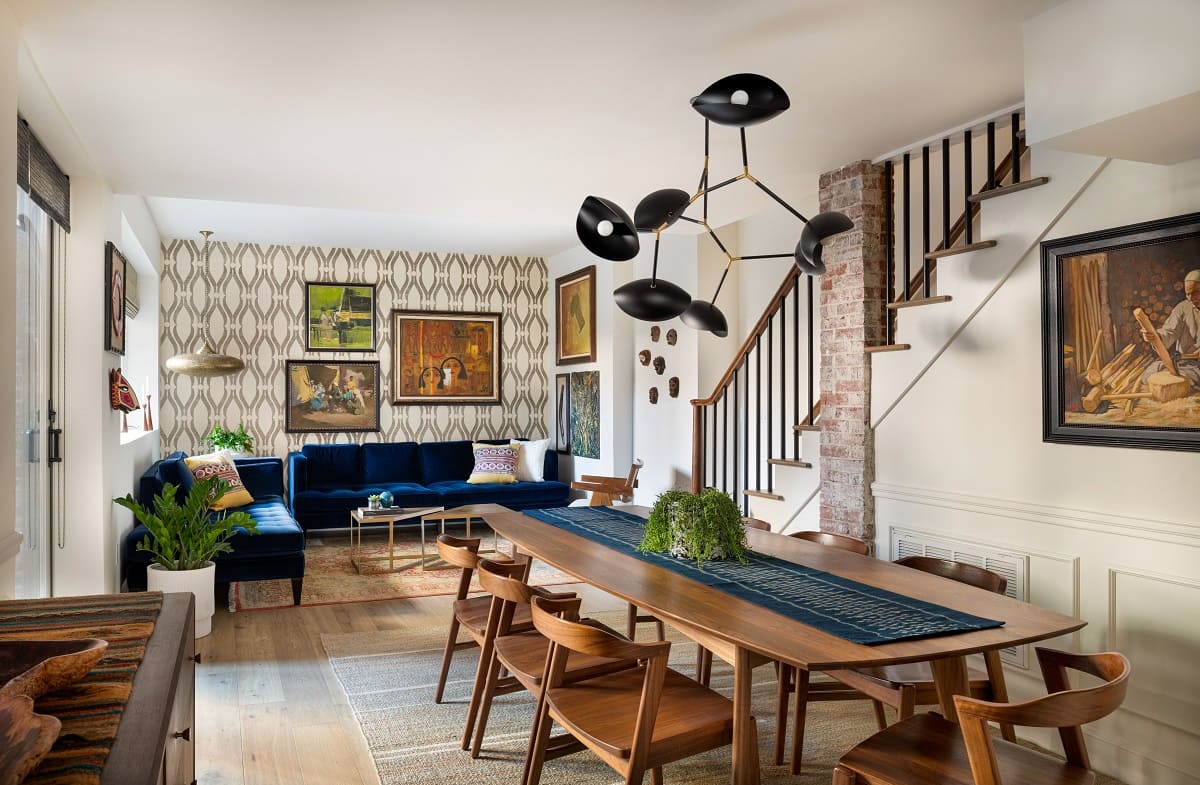
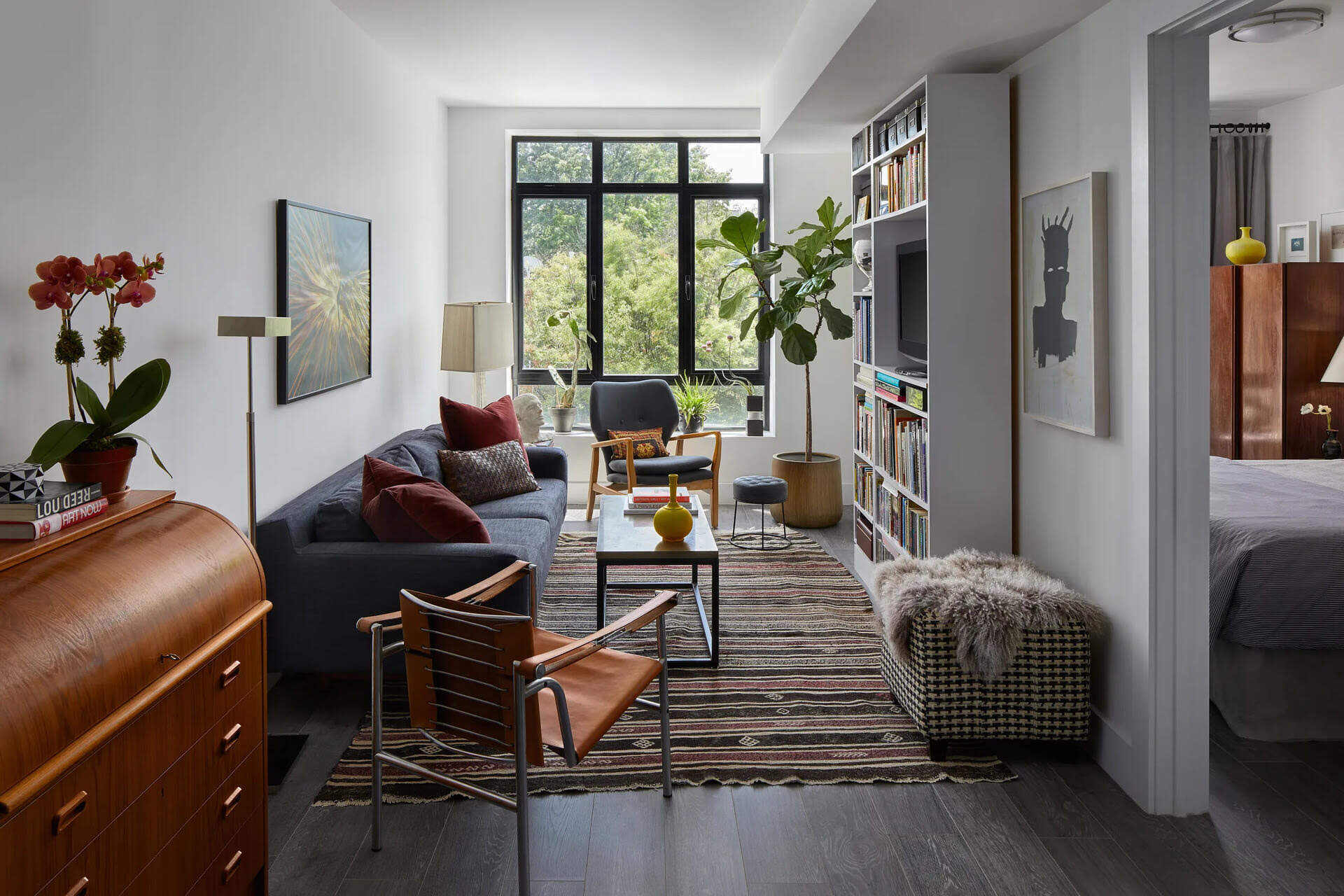
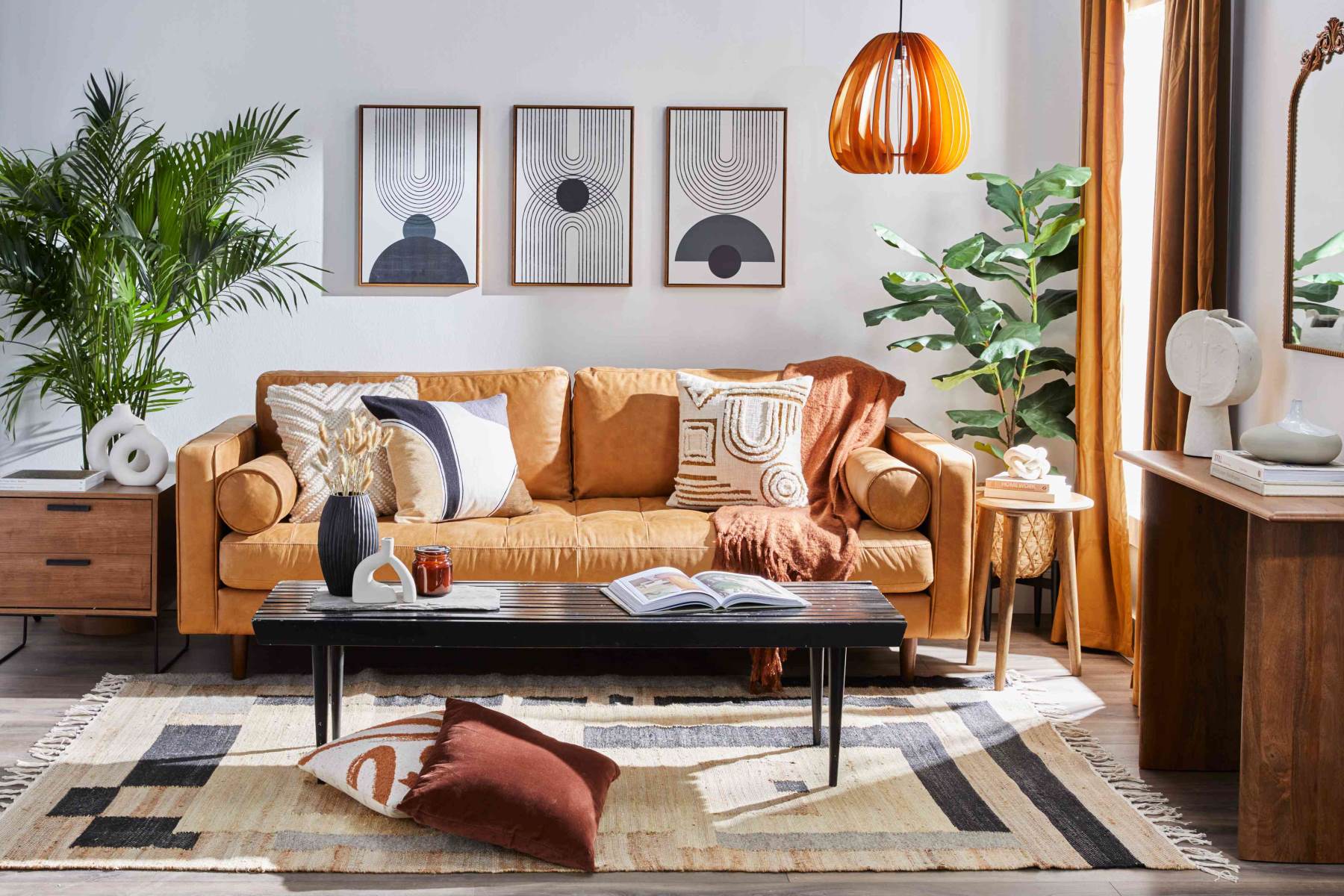
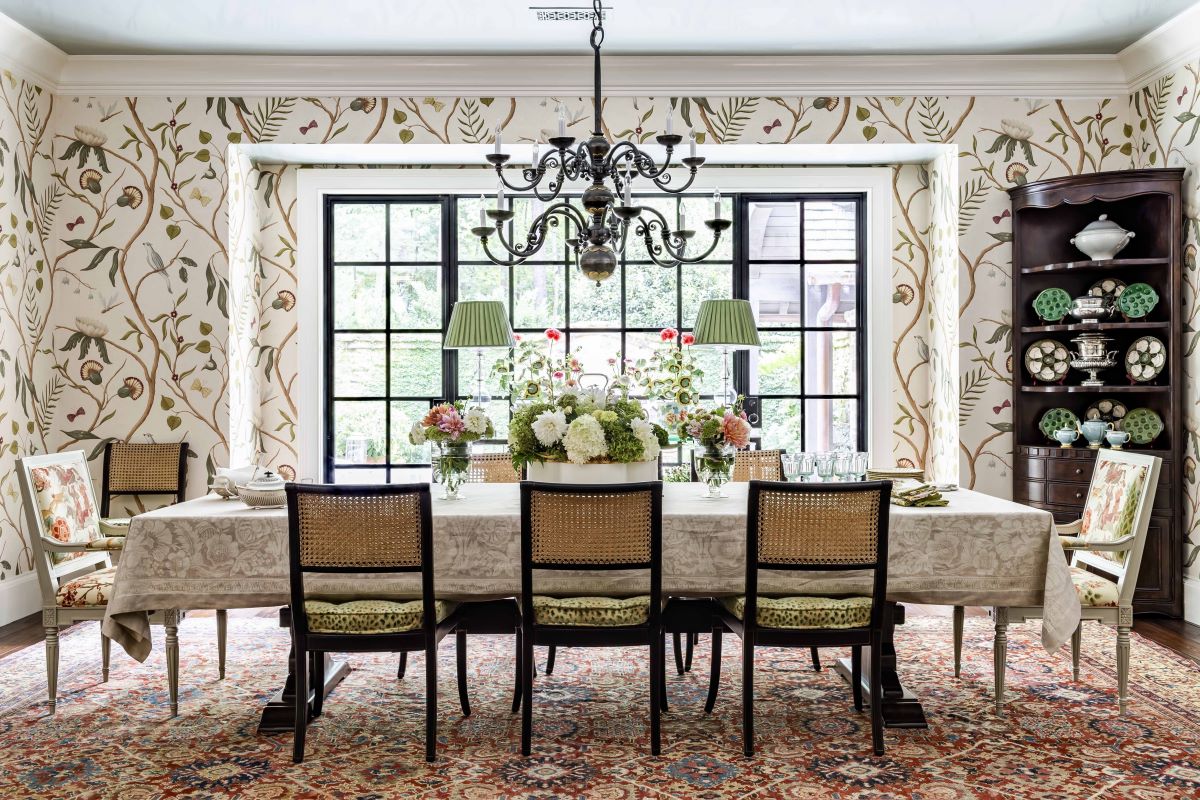
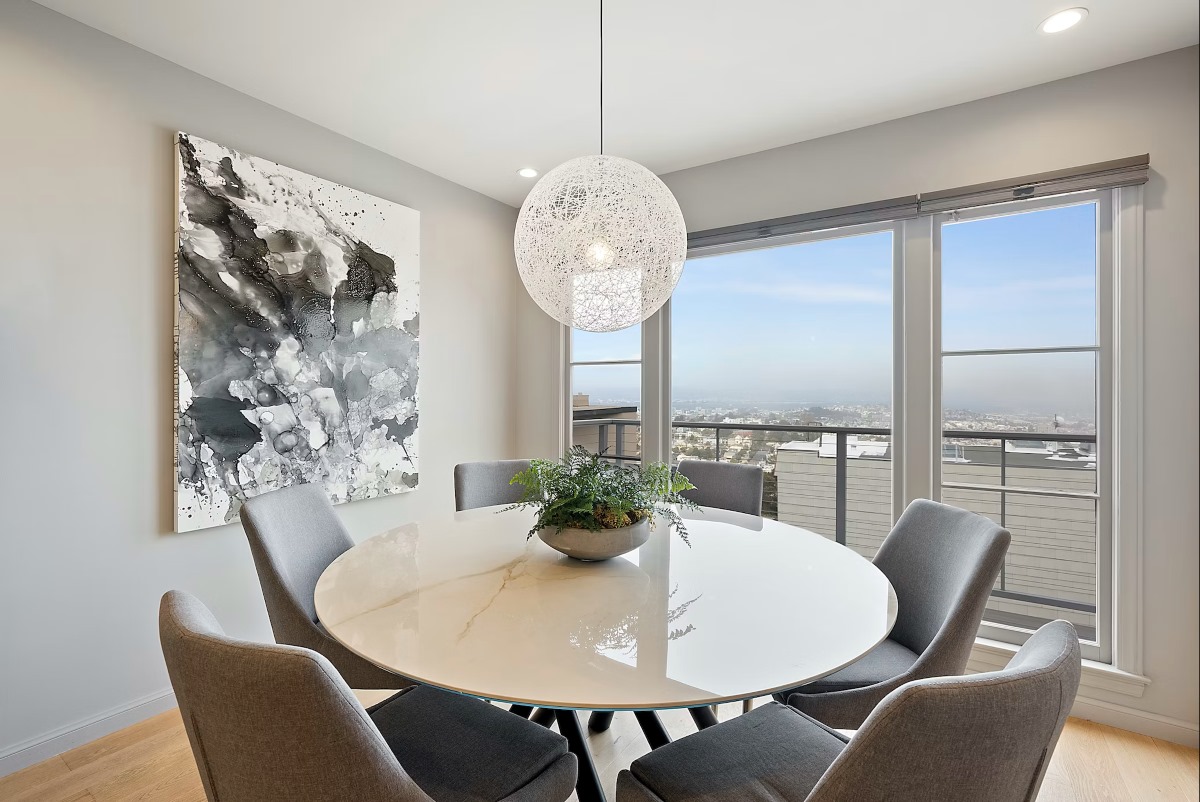
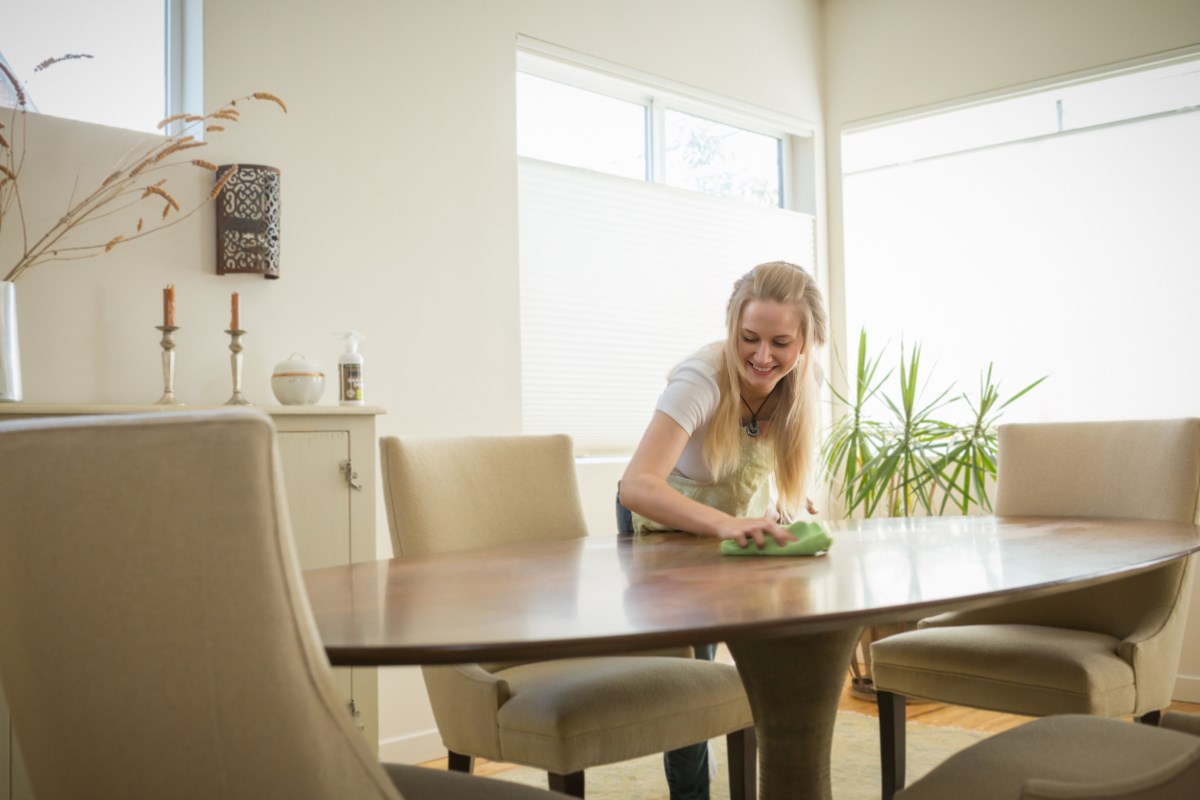
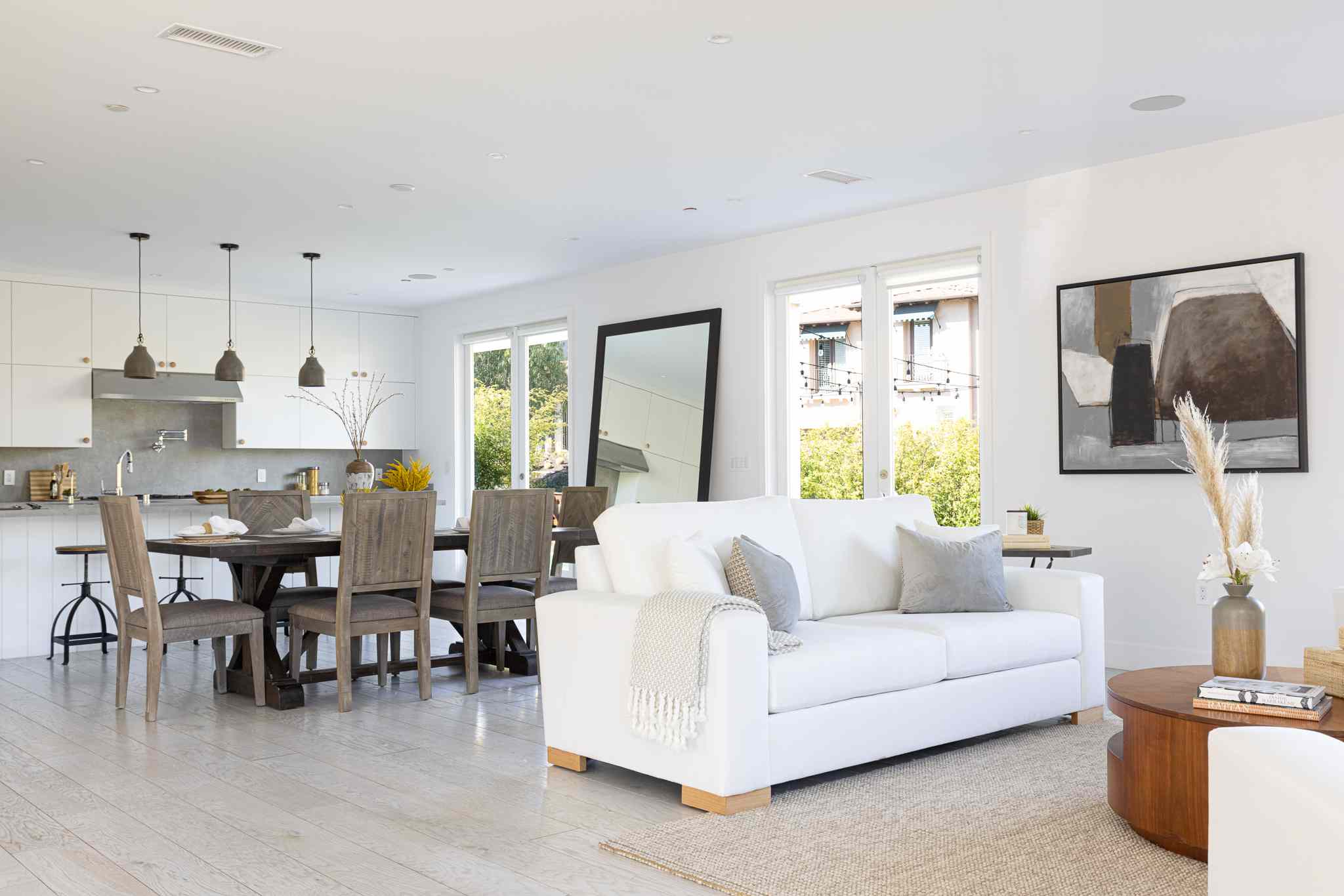
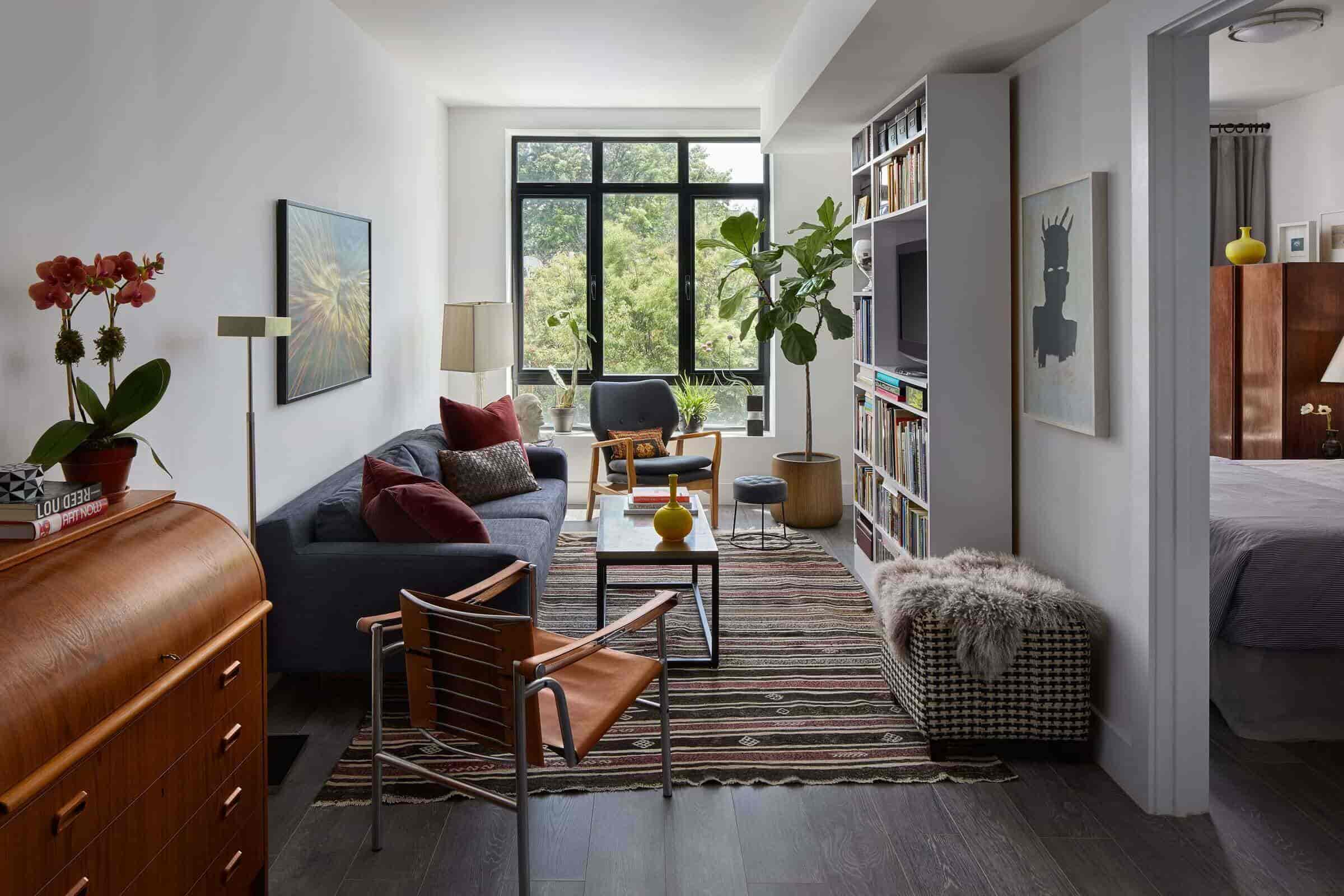
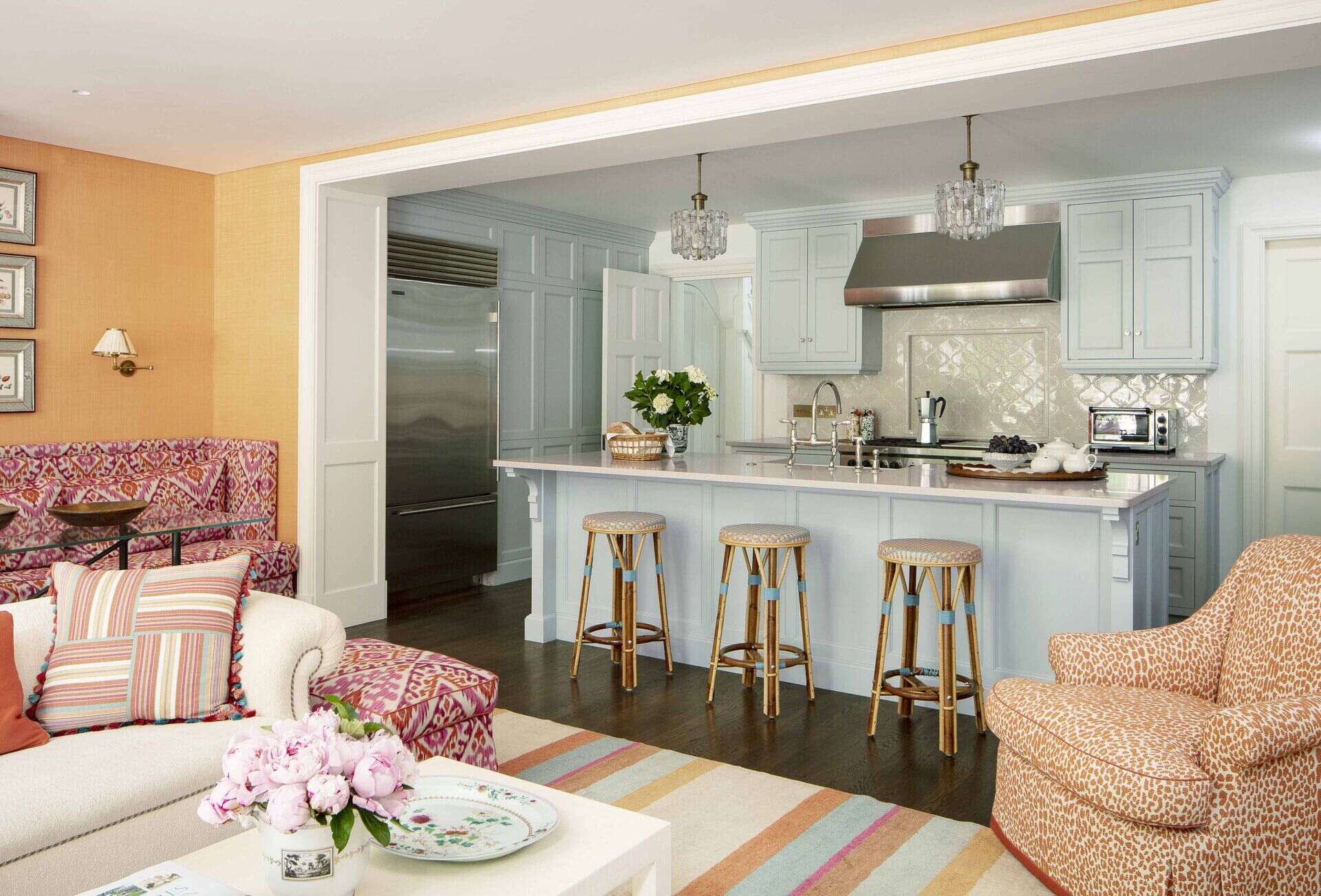
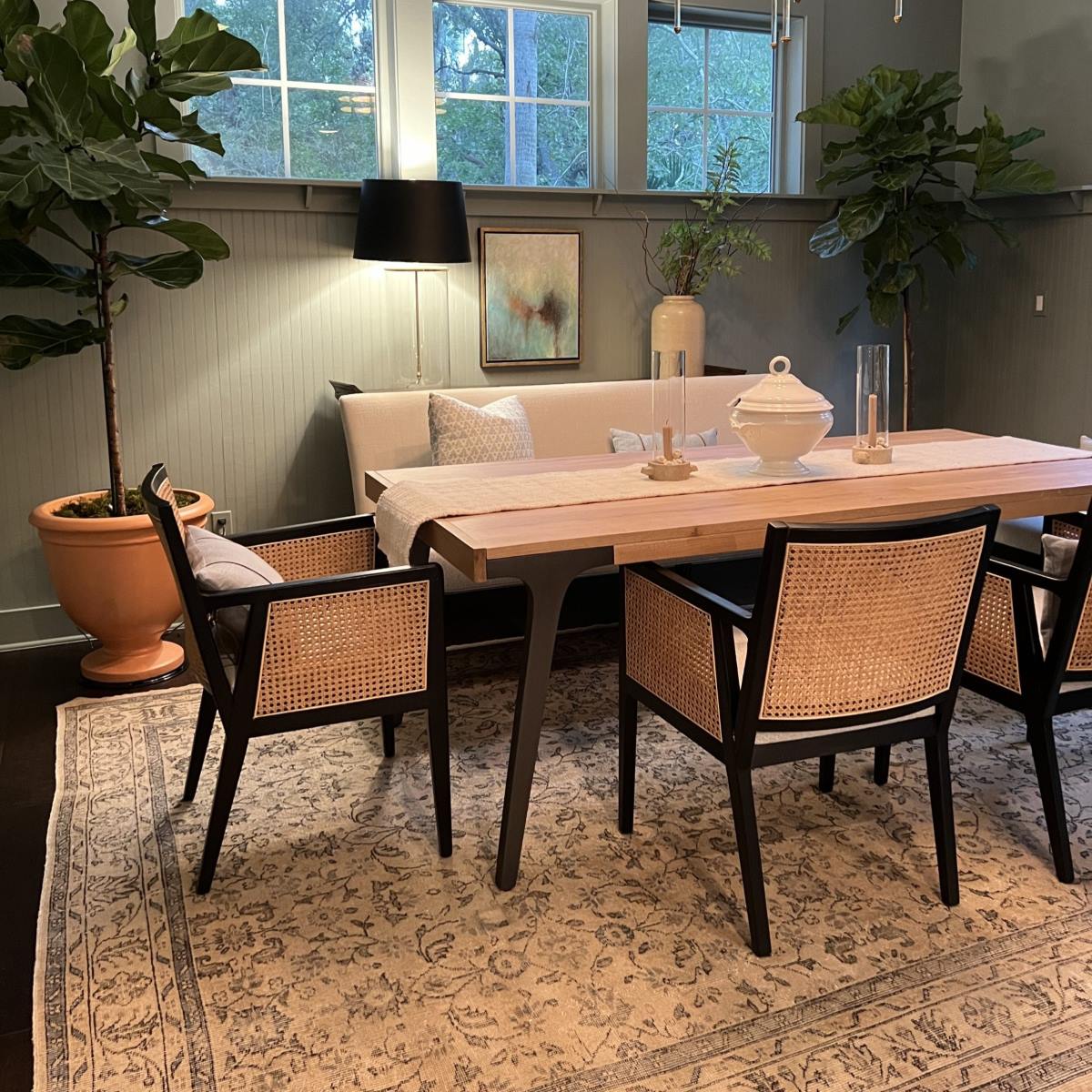
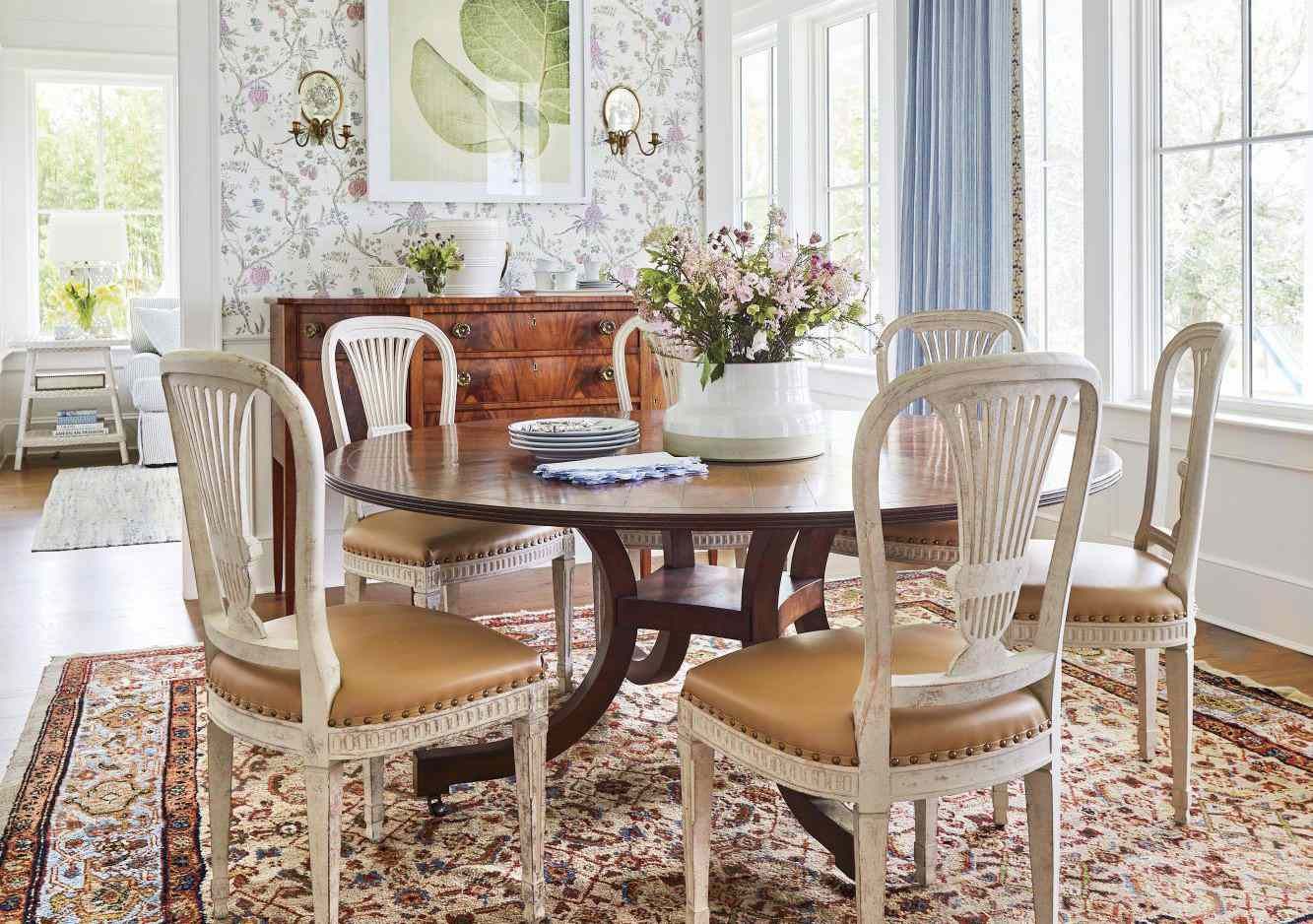
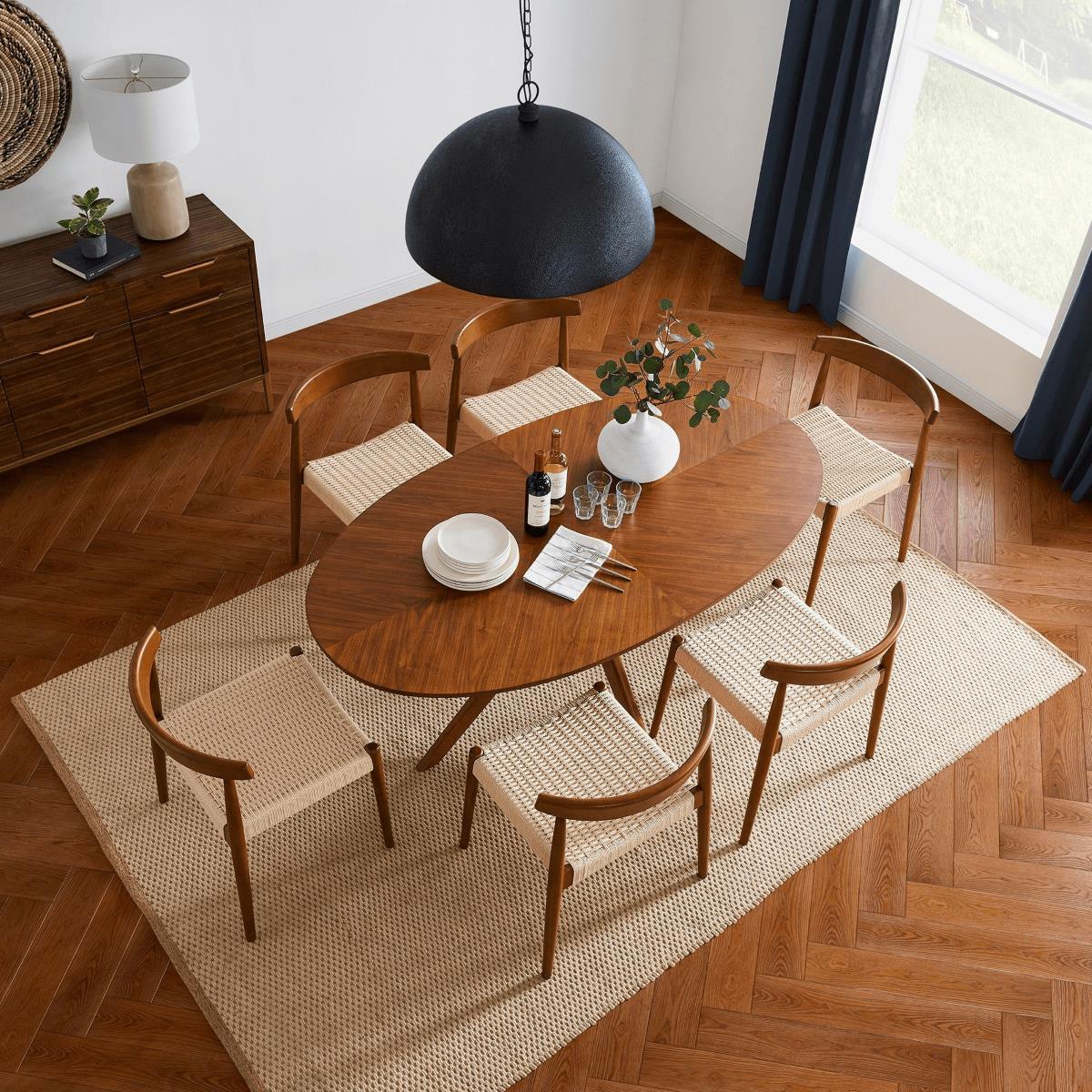

0 thoughts on “How To Decorate A Long Narrow Living Room And Dining Room Combo”